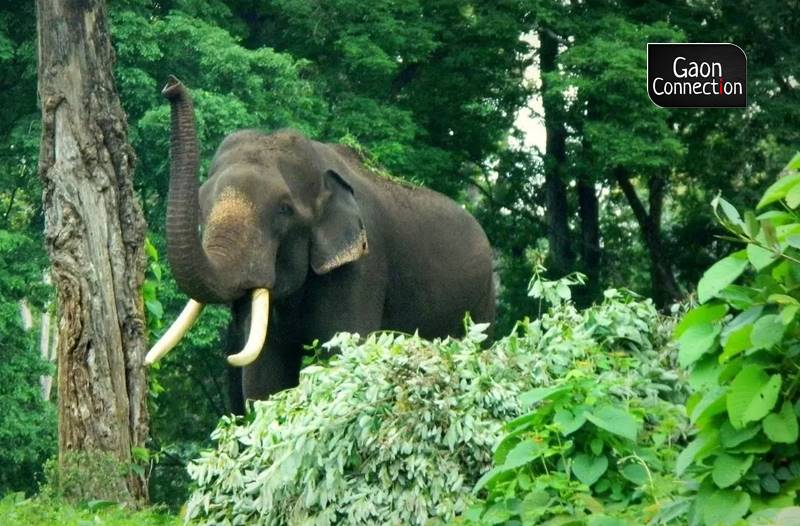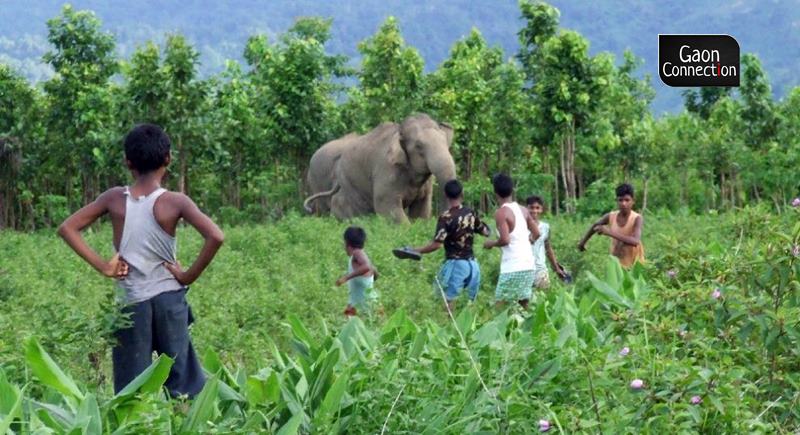WATCH: Wildlife expert explains how interference with elephant migration routes intensifies their conflict with humans
A wildlife expert pointed out that the pathways used by the elephants to migrate to forests should not be encroached upon but activities like mining, canals, railway lines often disrupt these corridors which often results in an increased incidence of clashes between elephants and human population.

While stating that the elephant-animal conflict has increased drastically in the last 10-11 years, an expert from the Wildlife Society of Orissa underlined that human interference with the animal’s natural pathways (known as elephant corridors) is the single biggest factor that contributes to the crisis.
In an interview to Nidhi Jamwal, Deputy Managing Editor of Gaon Connection, Biswajit Mohanty, Secretary of the Wildlife Society of Orissa said that there are an estimated 2,000 elephants in Odisha and every year, 75-80 elephants die in confrontations with humans. “Many people lose their lives to this conflict as well. In 2020-21, almost 122 persons were killed by elephants in Odisha alone,” Mohanty said.
Also Read: To address human-elephant conflict, Chhattisgarh forest dept plans to feed paddy to wild elephants

Talking about the factors that contribute to this conflict, the expert said that development activities like mining have reduced the habitable area of the elephants. “This has been one of the biggest factors that has contributed to the conflict. Also, elephant is a peculiar animal in the sense that it frequently migrates its habitat in search of food. It’s a huge animal and needs a large amount of food so the biology of the animal is such that it moves around in herds and migrates within a range of 150-200 kiloemetres,” he explained.
Also Read: Human-wildlife conflict related killing single biggest threat to wildlife: Report
“This ensures that the vegetation loss in a certain forest is not excessive due to their enormous diets,” Mohanty added.

He pointed out that the pathways used by the elephants to migrate to forests should not be encroached upon but activities like mining, canals, railway lines often disrupt these corridors which often results in an increased incidence of clashes between elephants and human population.
Meanwhile, according to the Union Ministry of Environment, Forest and Climate Change, between 2014-15 and 2018-19, 2,361 humans were killed as a result of conflict with elephants, while 510 elephants were killed in incidents of electrocution, train accidents, poaching and poisoning during the same period. Electrocution was the primary cause accounting for nearly two-thirds of the deaths (333 out of 510).
Also Read: Mere outrage will not save the elephants. Protecting forests and working with locals will help
State-wise, West Bengal reported the highest human death toll, at 403, followed by Odisha at 397 and Assam at 332 deaths during the same time period. These three states account for about half of both human and elephant deaths in the overall human-elephant conflict in the country.

